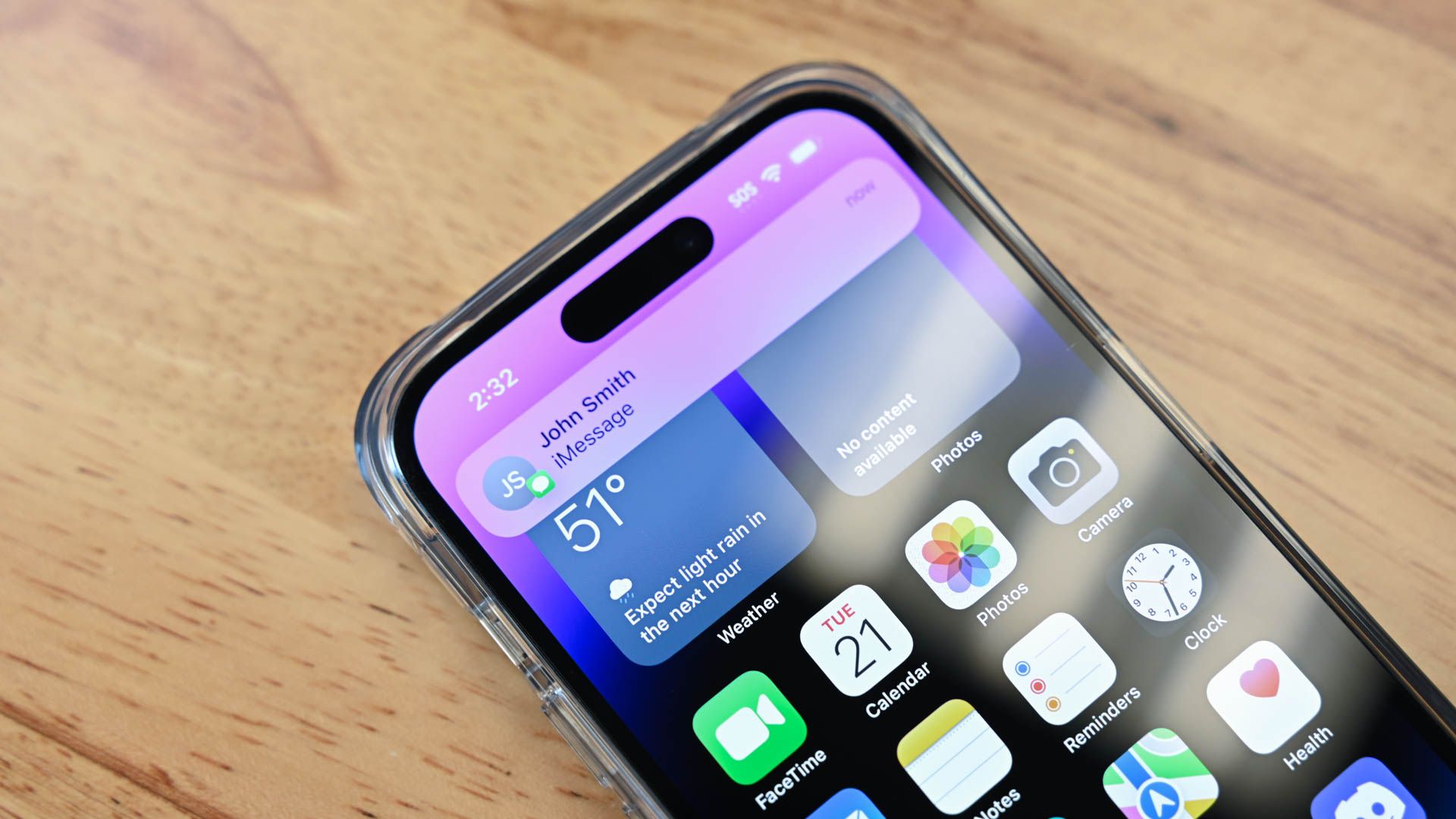
Apple's Q-Safe Message Encryption Defends Against Future Quantum Hacking

Apple’s Q-Safe Message Encryption Defends Against Future Quantum Hacking
The upcoming iOS 17.4 update brings PQ3 encryption to iMessage. This cryptographic protocol anticipates future threats that may arrive in the era of quantum computing. In theory, the PQ3 implementation makes iMessage the most secure messaging platform in the world.
iMessage was one of the first mainstream messaging platforms to implement end-to-end encryption (E2EE) by default. When a message is protected by E2EE, it’s turned into a mess of gibberish that can only be decoded by a set of cryptographic keys. The message’s sender and recipient are the only ones who own these keys. If a hacker intercepts your message, or if an Apple employee decides to invade your privacy, they’ll be met with an unreadable string of text.
Cryptographic keys are based on math problems that today’s computers cannot solve. But security experts believe that quantum computers, which do not exist yet, will solve these classical math problems. Hackers and governments may prepare for this development by collecting and storing encrypted data for decryption at a later date—a so-called “Harvest Now, Decrypt Later” scheme that would retroactively compromise E2EE messages.
Therefore, a protocol that defends against quantum attacks needs to exist before we enter the era of quantum computing. Signal introduced such a protocol, called PQXDH , back in September 2023. Apple is now doing the same with PQ3 in iMessage.
Like Signal’s PQXDH protocol, PQ3 is a “post-quantum cryptography” method that uses new algorithms to generate keys. These algorithms—math problems—should be too difficult for quantum computers to solve. Apple’s method provides an additional layer of protection by regularly generating new keys with “PQC rekeying,” meaning that only one portion of a conversation will be compromised if a key is cracked.
The PQ3 method also retains the protections of “classical cryptography,” specifically E2EE. And iMessage is still protected by Contact Key Verification , a security protocol that prevents hackers from impersonating a message’s sender or recipient.
There isn’t a standardized way to rank cryptography methods in the post-quantum era. So, Apple has created its own ranking system which designates E2EE as a “Level 1” protection method. Signal’s PQXDH implementation is “Level 2,” while Apple’s PQ3 is “Level 3” because it utilizes PQC rekeying, which is currently unique to iMessage.
Post-quantum cryptography will be enabled by default in the iOS 17.4 update, and it’s already live in the 17.4 beta. For additional details on PQ3 in iMessage, check out Apple’s blog .
Source: Apple
Also read:
- [New] 2024 Approved Debunking Common Misconceptions About Aurora HDR
- [New] Master Organization with Mematic's Toolkit
- Cyberpunk 2077 Not Utilizing Graphics Card in Windows 10? Here’s How to Fix It
- Discover the Top 3 Free Solutions as Alternates to Windows Media Center on Windows 11 Systems
- Fine-Tuning Windows Photos App Incorporate Filters & Sync Music Streaming
- Focal Point Exposé for 2024
- In 2024, Achieving 1K Subs in a Weekend A Plan of Action
- In 2024, Transforming Horizontal Footage Into Vertical Video Gold on IGTV
- IPhone & iPad Set to Receive Significant Boost in Web Application Experience
- IPhone and iPad Update: Discovering the Newest iOS and iPadOS Versions!
- Locating Secret Pictures Within Your iPhone's Gallery
- Maximizing Your Productivity with iPhone Shortcuts – Tips & Tricks for Beginners
- Navigate with Caution: How Waze Alerts You to Hazardous Routes
- Newly iPhone Digital Identification Accepted by Another American Region
- Newly Launched iPad Air and iPad Pro Available for Purchase - Get Your Hands On Them Now!
- Title: Apple's Q-Safe Message Encryption Defends Against Future Quantum Hacking
- Author: Daniel
- Created at : 2024-10-06 07:50:53
- Updated at : 2024-10-12 09:40:48
- Link: https://os-tips.techidaily.com/apples-q-safe-message-encryption-defends-against-future-quantum-hacking/
- License: This work is licensed under CC BY-NC-SA 4.0.